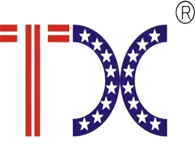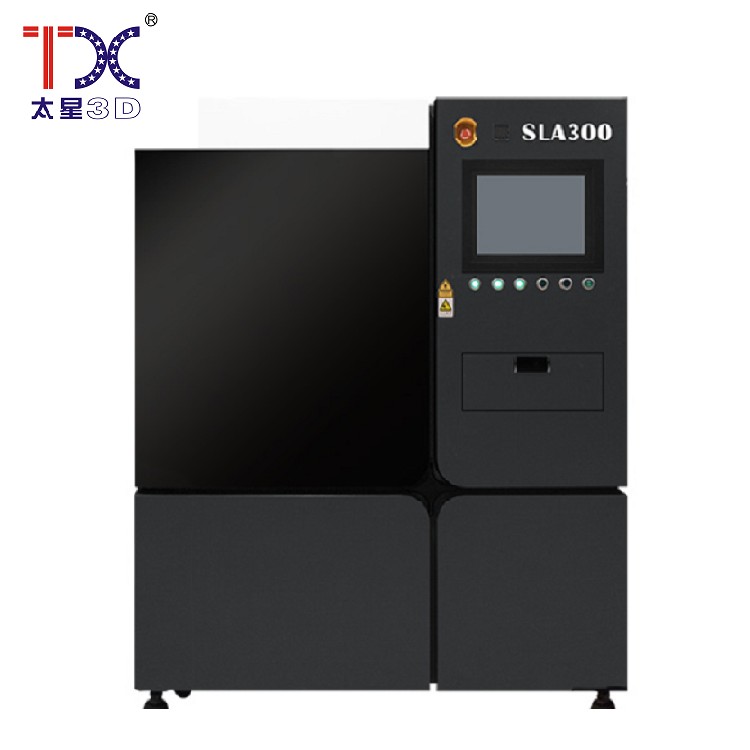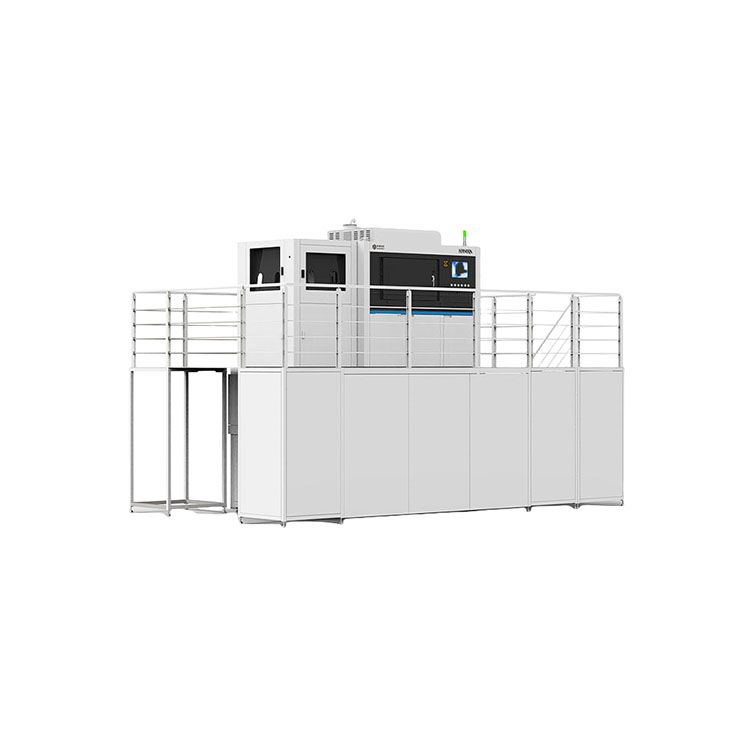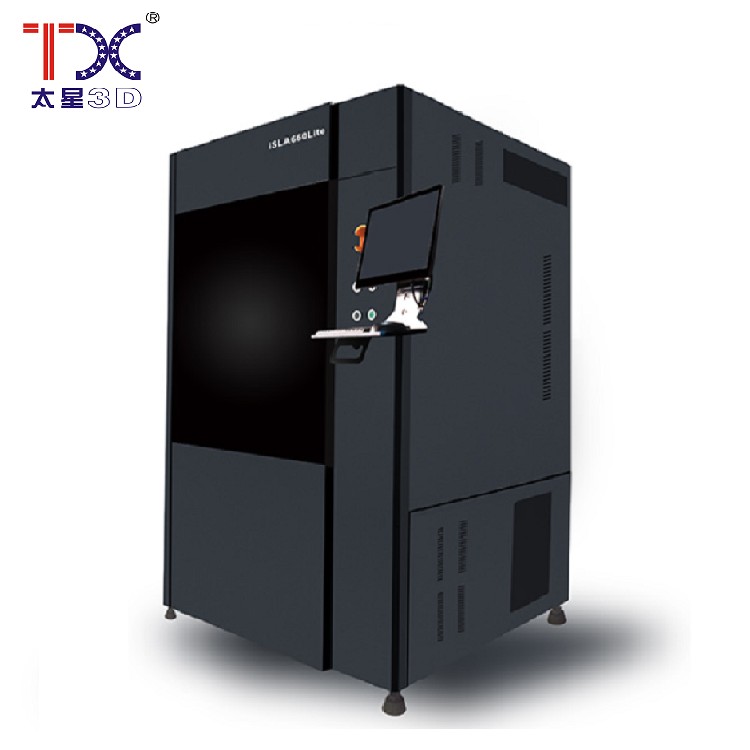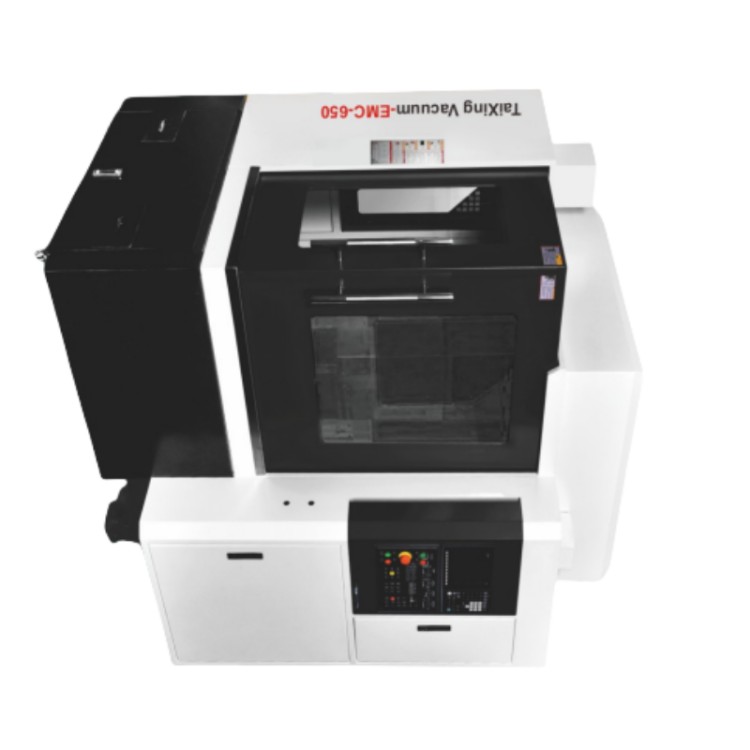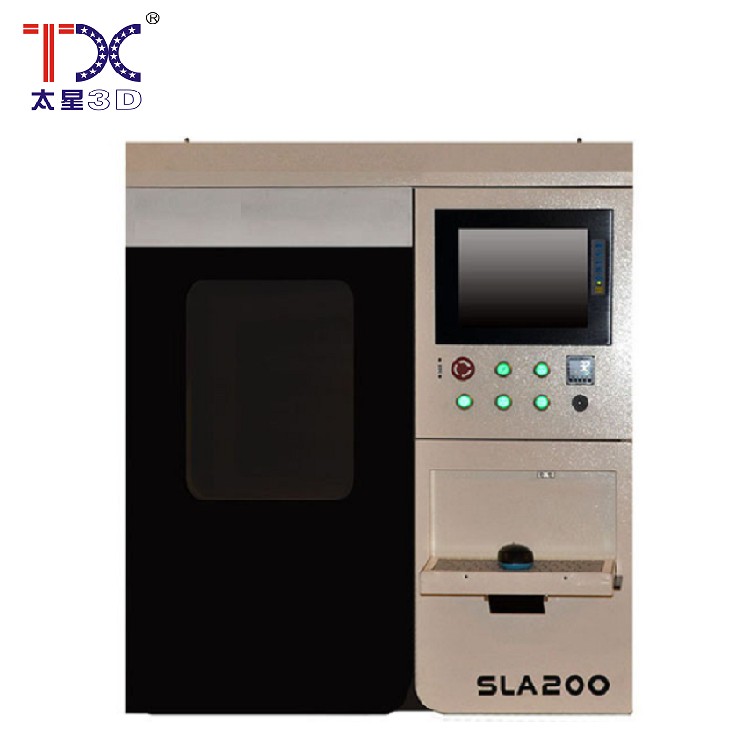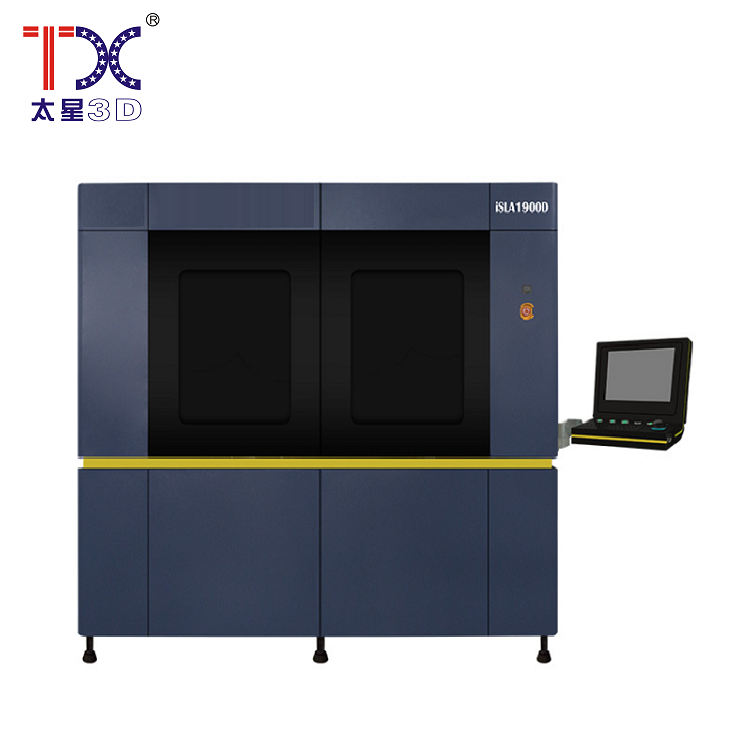
CNC machine multi -axis
CNC machine multi -axis
Modern CNC machines (numerical management) are powerful tools that convert the production process. Unlike ordinary machines manually controlled, the CNC multi -axial machines can perform complex operations in several planes at the same time, which significantly increases their performance and accuracy. Imagine a sculptor who can cut a complex figure of not only one axis, but also a few at once, while guaranteeing the perfect symmetry and repeating details. In the same way, a multi -axis CNC machine.
Universality and complexity at the same time
The main advantage of such machines is their versatility. The same machine can make details of various shapes and sizes, from simple details to complex, high -precision components. However, the creation and configuration of programs for managing such machines requires a certain level of skills and knowledge. It is like developing a complex computer game - we need a team of developers that can formulate accurate instructions so that the robot fulfills the task impeccably. The program should be thought out in detail to take into account all the nuances of the movement and interaction of various working tools.
Advantages and areas of application
CNC multi -axial machines are used in various industries, from engineering and aircraft manufacturing to household appliances. Their accuracy and speed allow you to make parts with a high degree of complexity, which, in turn, leads to an improvement in the quality of the final product. Imagine the creation of a corps of complex shape for a spacecraft, or a miniature part for a watch. Thanks to multi -axial management and high accuracy, the machine can cope with this task, allowing you to produce unique details. In addition, due to the automation of the process, the need for manual labor is reduced, which significantly increases the efficiency and safety of production.
The future of multi -axis machines
The development of technology in the field of CNC machines does not stand still. Every year, new, more advanced models appear that can perform even more complex tasks. The integration of artificial intelligence and machine learning will allow CNC machines to study in their mistakes and adapt to new working conditions. In the future, perhaps, machines will be able to independently adjust their actions and make complex parts without the need for a person’s constant intervention. This opens up new prospects in production, increasing its effectiveness and accuracy.
AppropriateProducts
Corresponding products
The best soldproducts
The best -selling products-
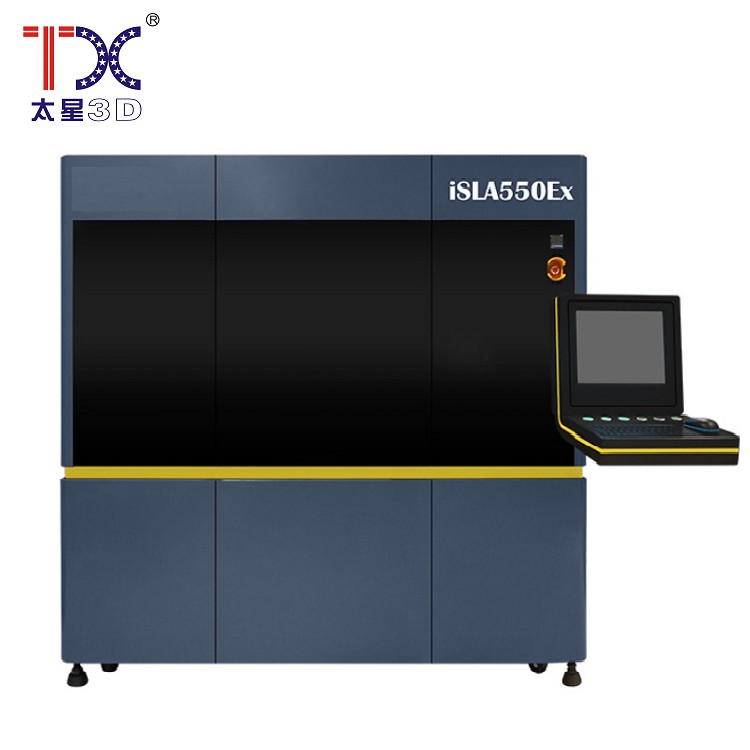 Taisin Light-adoptive 3D printer SLA550EX
Taisin Light-adoptive 3D printer SLA550EX -
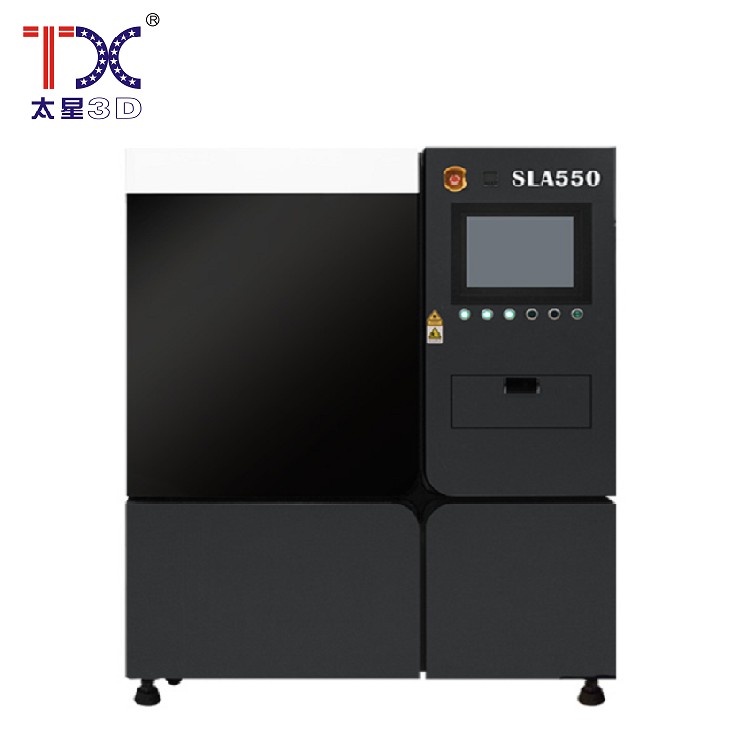 Taisin Light-adoptive 3D printer SLA550
Taisin Light-adoptive 3D printer SLA550 -
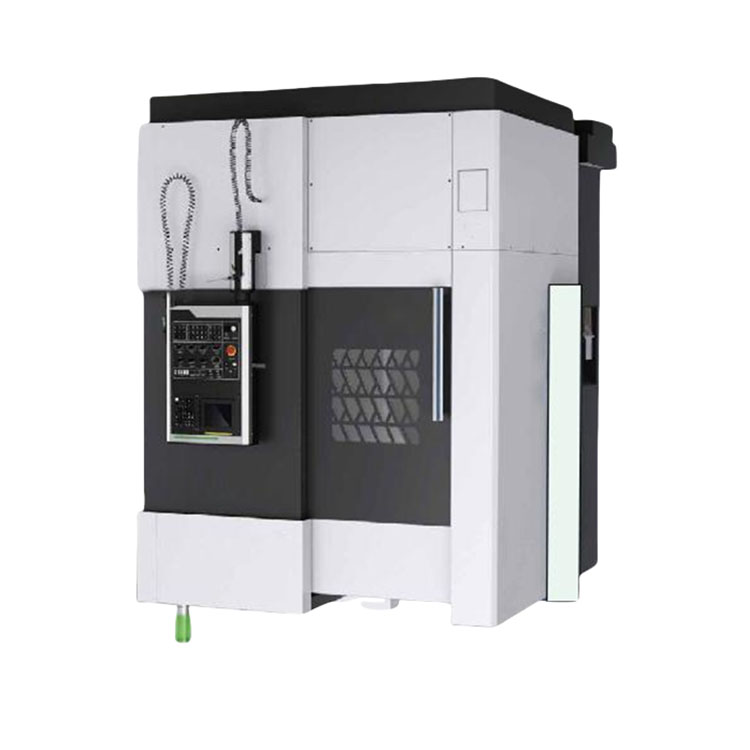 Taisin Vertical CNC TXLC-500 CNC
Taisin Vertical CNC TXLC-500 CNC -
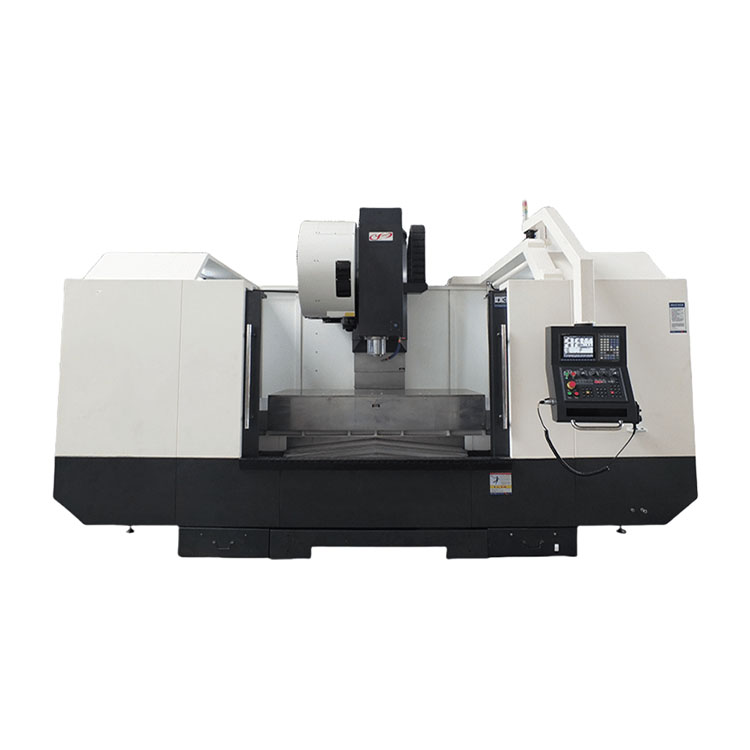 Taisin high-precision vertical processing center with CNC VMC TXP-1890
Taisin high-precision vertical processing center with CNC VMC TXP-1890 -
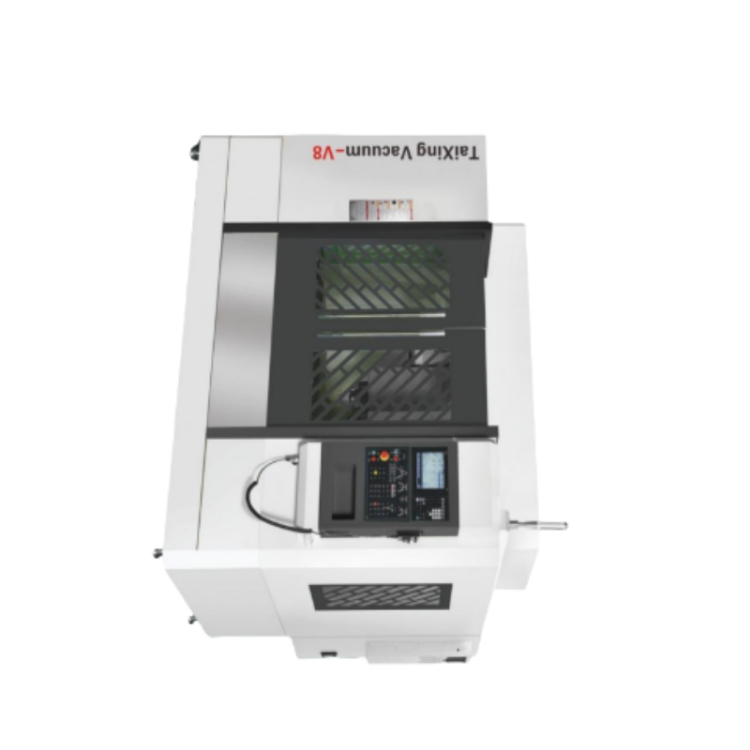 Taisin high-speed and high-precision processing center for processing parts TX-V8
Taisin high-speed and high-precision processing center for processing parts TX-V8 -
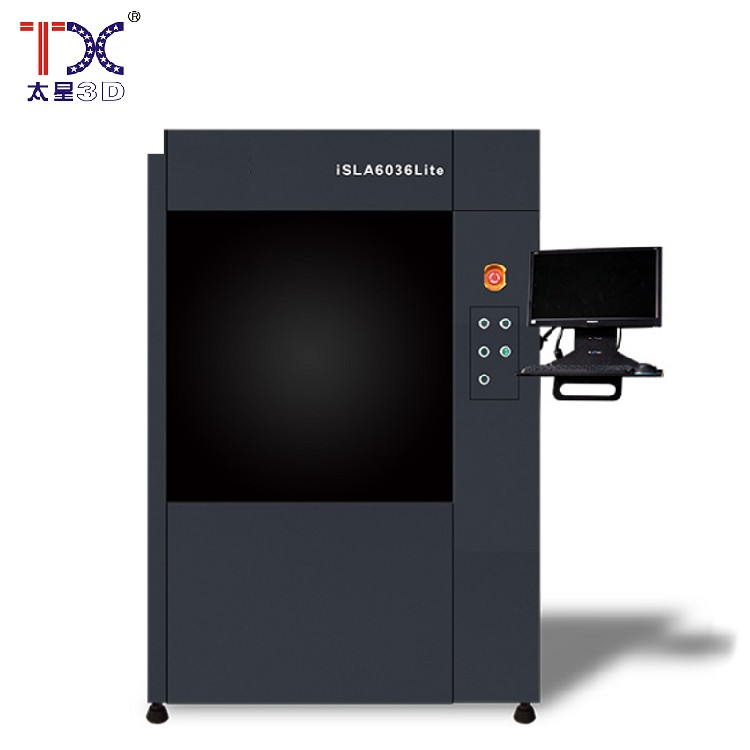 Taisin Light-adopted 3D printer SLA6036
Taisin Light-adopted 3D printer SLA6036 -
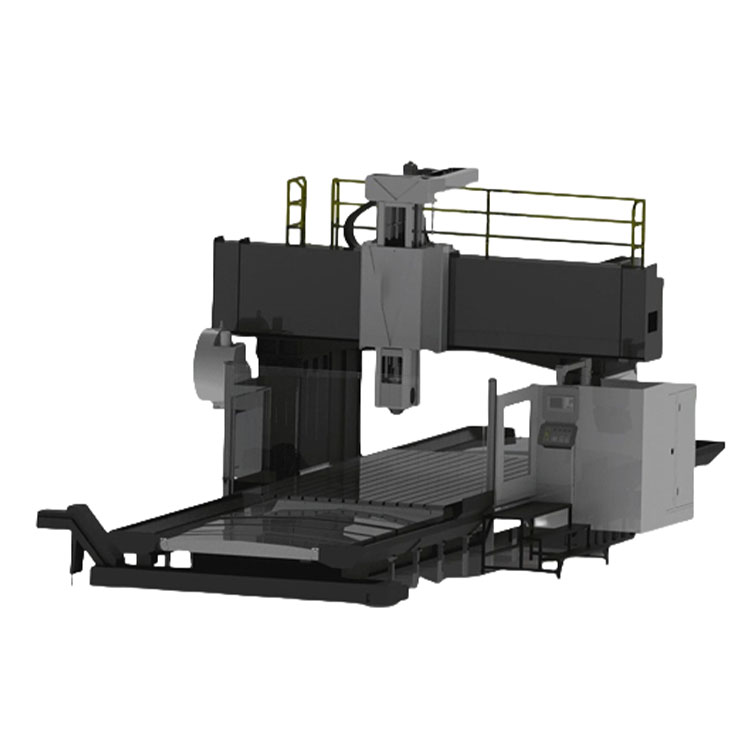 Taisin portal processing center with CNC TXM-9038
Taisin portal processing center with CNC TXM-9038 -
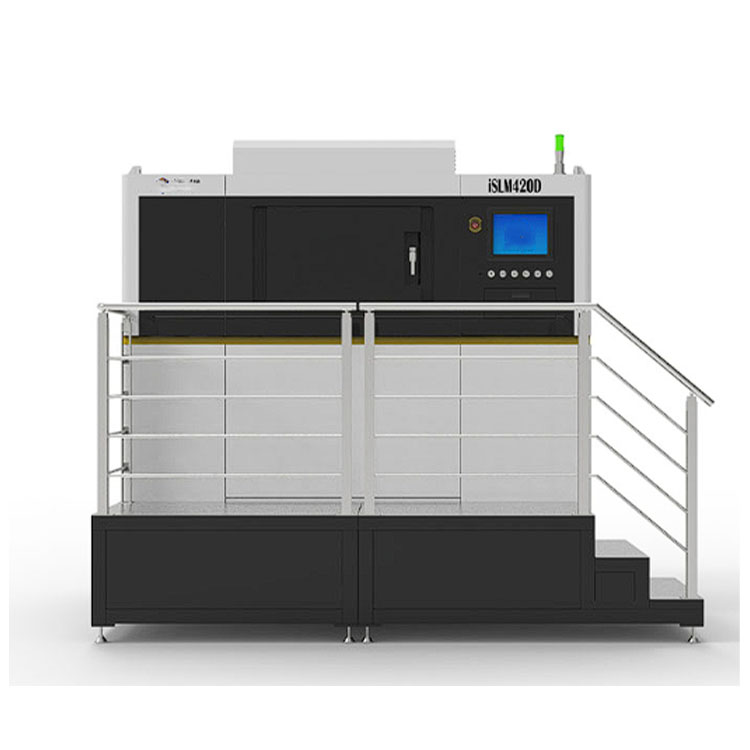 Taisin Metal 3D printer ISLM350DN
Taisin Metal 3D printer ISLM350DN -
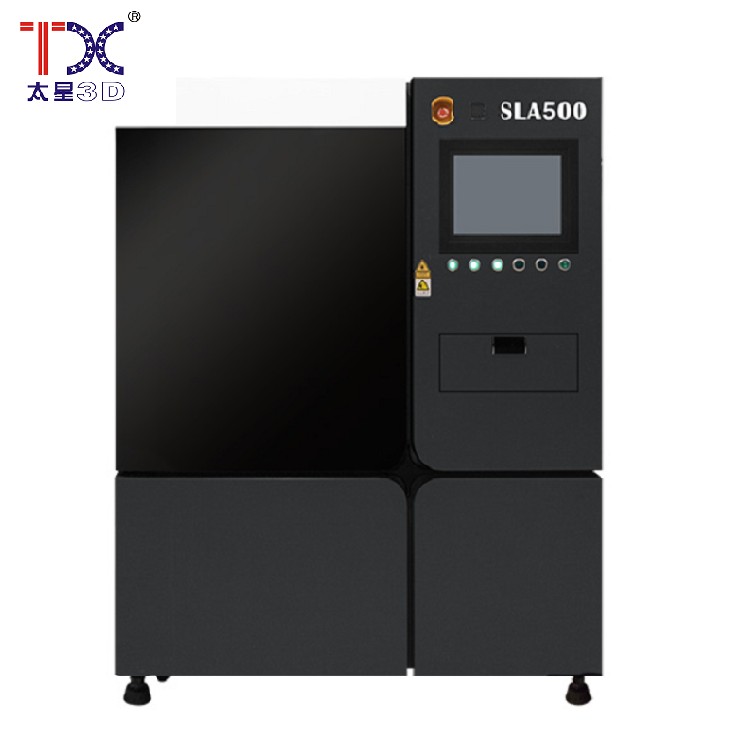 Taisin Light-adoptive 3D printer SLA500
Taisin Light-adoptive 3D printer SLA500 -
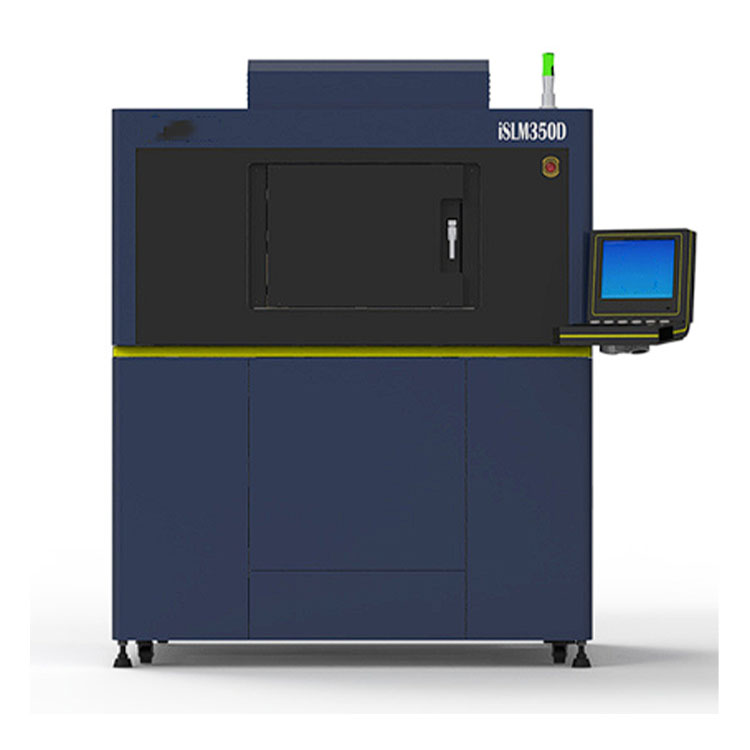 Taisin Metal 3D printer ISLM350D
Taisin Metal 3D printer ISLM350D -
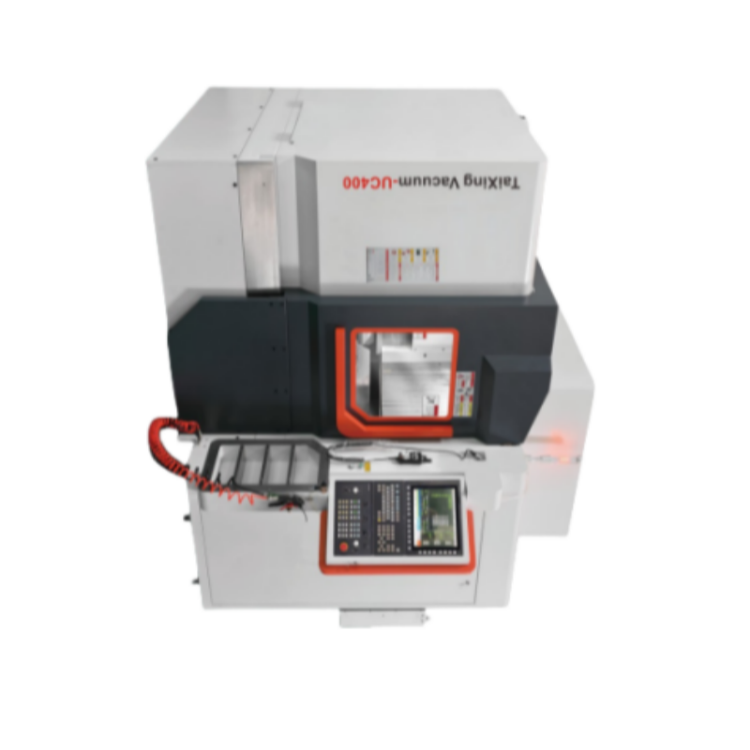 Taisin high-speed five-axis processing center TX-UC400
Taisin high-speed five-axis processing center TX-UC400 -
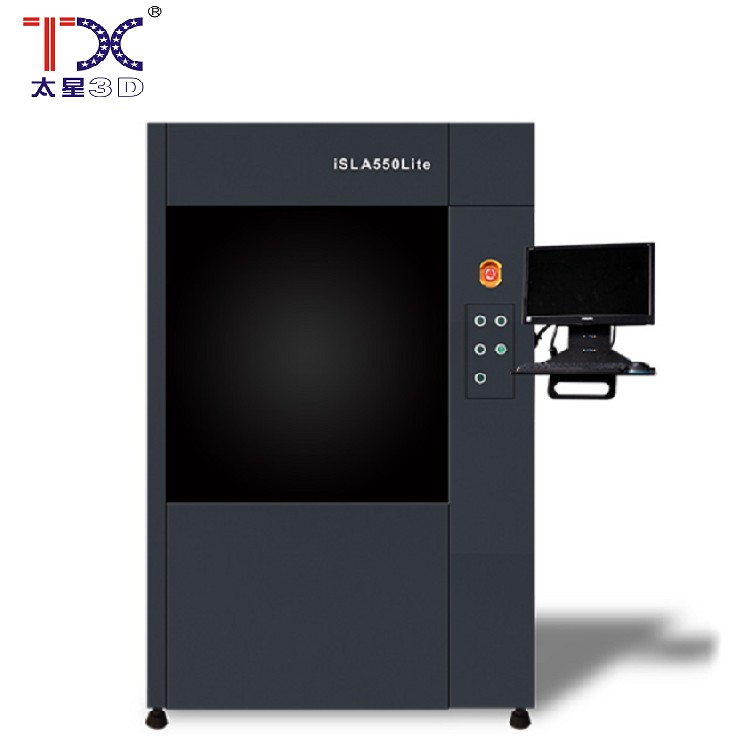 Taisin Light-adoptive 3D printer SLA550Lite
Taisin Light-adoptive 3D printer SLA550Lite
Connectedsearch
Related search- Chinese manufacturers of four -coordinate CNC machines
- Cheap manufacturers of SLS printing (selective laser sintering)
- China turning rooms with CNC plants
- Cheap metal powder manufacturers
- G-code production plants in China
- Chinese accuracy manufacturers of 3D printing
- Cheap DIY 5-axis CNC manufacturer
- Chinese manufacturers of 5-axial processing centers with CNC
- The best Pyato -axis milling machine with CNC suppliers from China
- Cheap manufacturers of CNC shaft machines
